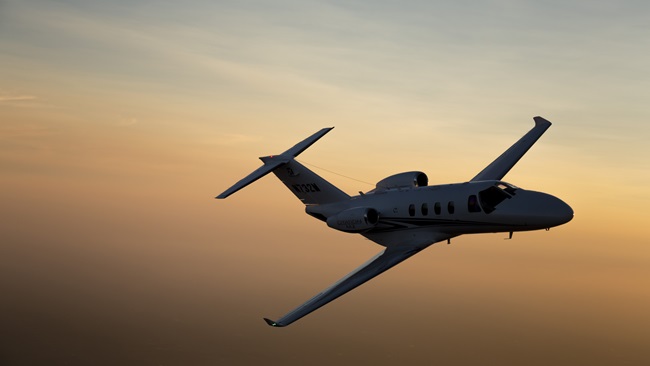Quick Look: Cessna 208 Caravan
Utility workhorse that set the standard

The Cessna Caravan mated a supremely reliable Pratt & Whitney PT6A engine to a simple, fixed-gear airframe that looked like—well, a giant Cessna. To say that the design became a wild success would be an understatement. FedEx ordered hundreds of Cessna 208s to be used to feed shipments to smaller airports throughout the world. FedEx is largely credited with creating the 208 market, which has since branched out in many directions.
Like many single-engine Cessnas, the 208 is built with function in mind. It has a boxy fuselage, strut-braced wing, and giant unfaired tires that scream “draggy.” The Caravan isn’t meant to win any beauty or speed contests. It was designed to be utilitarian, reliable, tough, and field maintainable—all things at which the Caravan succeeds.
From a pilot’s standpoint, the Caravan is much like its smaller kin, the 206/207 series. It’s heavy on the controls, but has more stability in turbulence than lighter Cessnas. It has small, spoiler-augmented ailerons, since the trailing edge of the wing is consumed by large flaps. Despite the utilitarian look, Caravans are not STOL airplanes. Quest’s Kodiak and de Havilland Beavers and Otters will outperform the Caravan when it comes to short-field takeoffs. Landings aren’t too far off the STOL competitors, thanks to reverse thrust and a 61-knot stall speed. The Caravan provides STOL performance only when it’s lightly loaded. As a reference, the Caravan and 182 Skylane have similar power/weight ratios, in the range of 13.5 pounds per horsepower at maximum takeoff weight.
The Caravan offers excellent cockpit visibility, with a gigantic windshield placed well ahead of the wing. Because of its draggy design, cruise speeds are best at higher altitudes. At 10,000 feet—a popular altitude to fly the unpressurized Caravan on longer legs—expect real-world cruise speeds of 160 to 170 KTAS on 300 to 350 pounds per hour or 50 gallons per hour. At lower altitudes, the Caravan will be incrementally slower while using more fuel.
Numerous options and modifications are available from the factory and from aftermarket specialists. A belly-mounted pod adds 111 cubic feet and 1,090 pounds more space for stuff while penalizing cruise speed by nine knots. There are freighter versions, float versions (amphibious or straight), roll-up doors for cargo or sky divers, freighter interiors, or luxurious Oasis interiors more akin to those found in high-end jets. There are also engine mods to boost power, using more powerful PT6A or Honeywell TPE-331 turboprop engines of 850 to 950 shaft horsepower.
Avionics in 2008 models and newer are Garmin G1000. Caravans produced prior to that are equipped with BendixKing, Garmin, or other mixed avionics typical of older model-year aircraft. Caravans are optionally equipped for known-ice operations. Earlier models used pneumatic boots, which were fingered in a handful of icing accidents involving Caravans. Cessna switched to a TKS fluid deice system, which many consider to be superior to boots.
In 1987 Cessna stretched the Caravan to create the 208B, which has a fuselage four feet longer and a 675-shaft-horsepower PT6. The 675 shp -114A engine was also added to the standard Caravan starting with serial number 277.
Caravan prices range from $605,000 for a 1985 208 to $2.55 million for a 2016 model, according to Vref.


